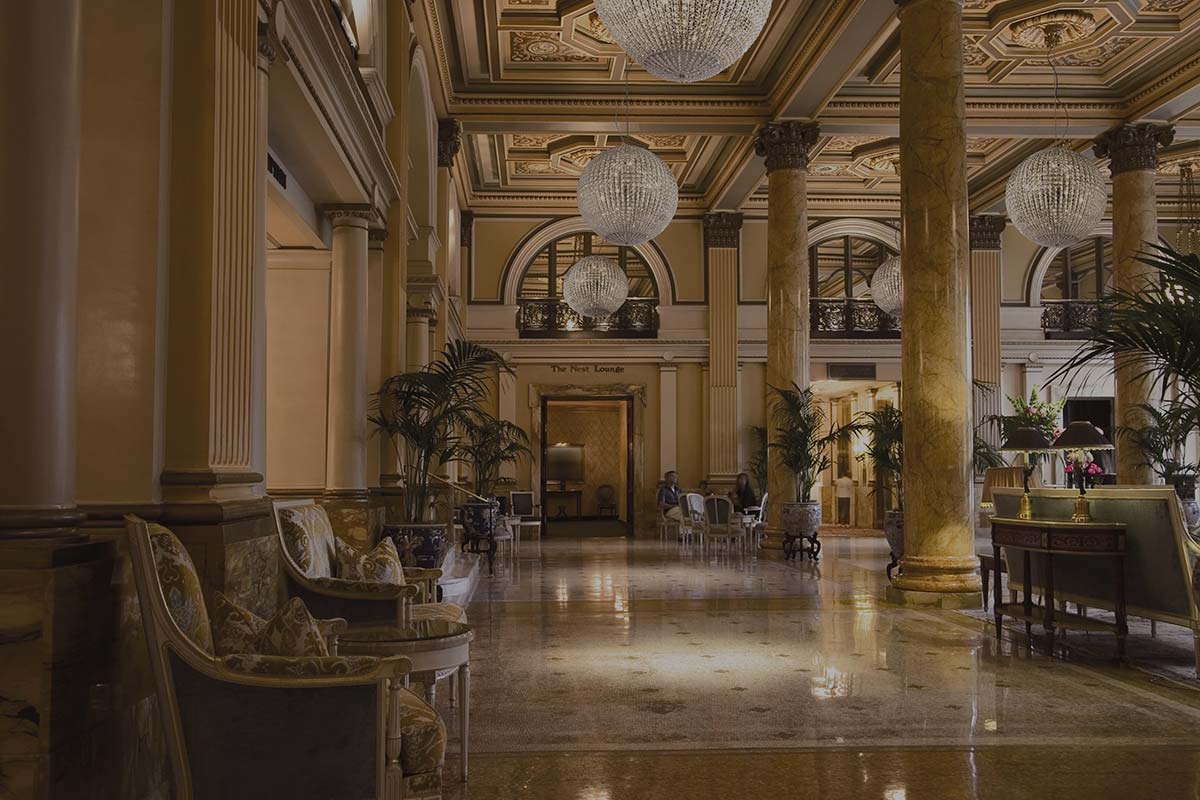The continuous changes of trend and the innovations that influence fashion and design, lead to continuous renewals in the hotel sector and in the accommodation facilities, which represent indispensable changes to keep up with the times and attract customers.
In order to succeed in this, careful analysis is required for every detail, fundamental accuracy to best satisfy and not disappoint both the expectations of guests and those of your customers, or the owners of the hotels to which you have to take care of the lighting.
First of all you must be aware of what the target customer is that your customer wants to satisfy with his structure and, consequently, the type of service he wants to offer. Once this fundamental point has been defined, a central role is played by the personality and image that your client wants to convey of his hotel.
Based on these initial assessments, you can start setting up a lighting project that will be able to make the style choices that best suit the tastes and needs of your customer, the hotel owner.
The central focuses you must always keep in mind are originality and uniqueness, factors that constitute the strengths to create an impeccable hotel lighting concept and thus attract new guests and visitors in the best way.
Know the classic style the modern style to be able to choose the right lamps
Focusing the attention on the style and the design in the receptive field, you will surely notice that usually we refer to two main typologies, which turn out to be the most used, namely the classic style and the modern style.
What makes these two styles the most widespread is their clear difference, capable of giving them an unmistakable uniqueness, as well as preparing them to be functionally revisited by contemporary stylistic contaminations.
Both styles are based on standard design guidelines, both for indoor and outdoor environments, which are enriched, varied and combined at will according to the design needs of the various hotels, in order to make those environments unique and make their own stand out personality starting from the smallest details.
This, of course, involves both the furniture and the entire lighting system, since, as you know, a distinction can no longer be made between lighting elements and furniture, given that their characteristics have merged to become interdependent.
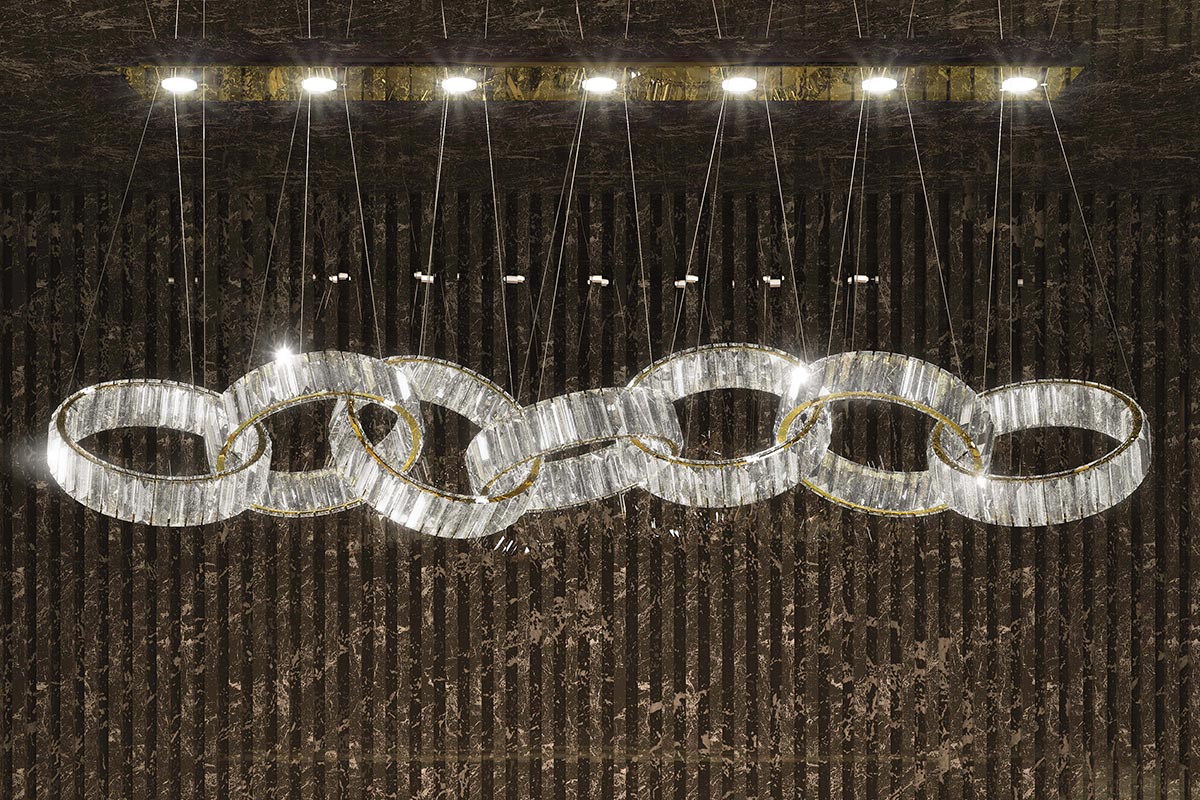
Characteristics of classic style furniture
The collective imagination and common thinking associated with the classic style mean that this is used in those hotels and structures that want to convey elegance, exclusivity, refinement and majesty.
In this type of hotel, the furnishings, finishes and lighting recall a style of the past, more neoclassical.
The Victorian classic furniture, the Georgian classic furniture, the Tudor classic, the Louis XV classic and the French provincial classic, give the hotel the typical classic look, in the most common sense of the term, in addition to the taste of the ancient which varies considerably depending on the type of classic that your client decides to adopt.
We can say that, all in all, the most classic furniture tends to share some similarities. A common feature among classic furniture, whether it is sofas, beds, lamps, mirrors, watches and so on, is the fact of knowing how to make the hotel look exactly like a gallery or an art museum, which gives a historical prestige value to the structure.
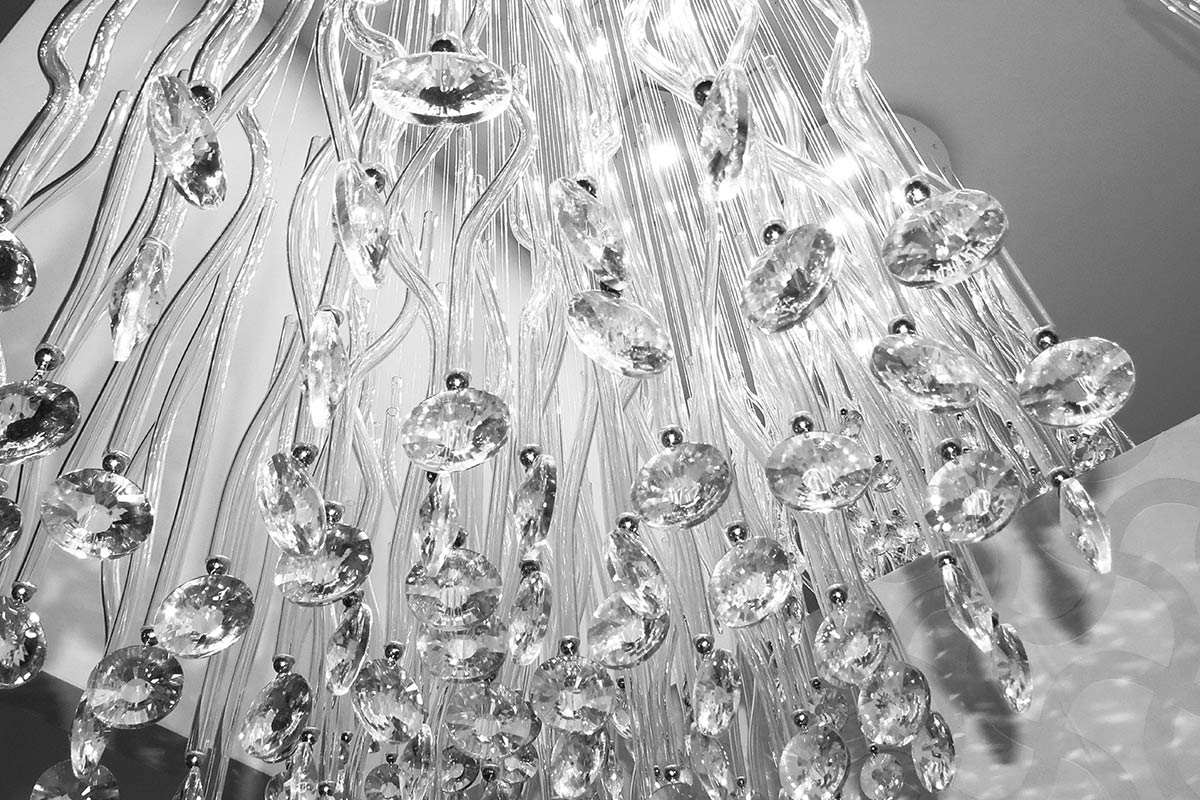
Classic furniture tends to have a quality adorned in the curves of the furniture and a richness in the materials used.
For these reasons, classic furniture is very often defined as antique furniture: if your client has given a classic personality to his hotel, it means that he has opted for one of the two approaches, that is to say that he may have privileged to make a reference subtle here and there to the classic style, or has decided to totally embrace this style.
It must be said that classic furniture can safely appear even in a modern and contemporary space, simply by strategically bridging the gap between the two styles using an intelligent design.
Such as combining a classic chair with a modern cushion, or mounting a classic clock on a wall painted in trendy colors.
These choices often prove to be of great visual value and have the power to give an even more unique personality to the hotel that decides to adopt them.
Faced with these furnishing possibilities, your lighting project can both satisfy and decide to break the style that your client has chosen for his hotel, always with his approval.
In the case of a hotel in total classic style, the lighting must necessarily go along with the furnishings, since as we have already said, it is an integral part of it.
So it will be better to opt for purer classic style lamps, without modernism, which are able to bring out more the style of the furniture.
What you need to pay attention to is that a classic and antique-style lighting body must be combined with the choice of the right type of lamp for each environment and the exact angles, so that it can illuminate both the environment and enhance the furniture through light, exactly as it happens in art galleries.
For example, in the lobby you could choose a classic chandelier that illuminates the environment with generic light and add direct light lamps to enhance the furniture and valuables such as paintings or statues.
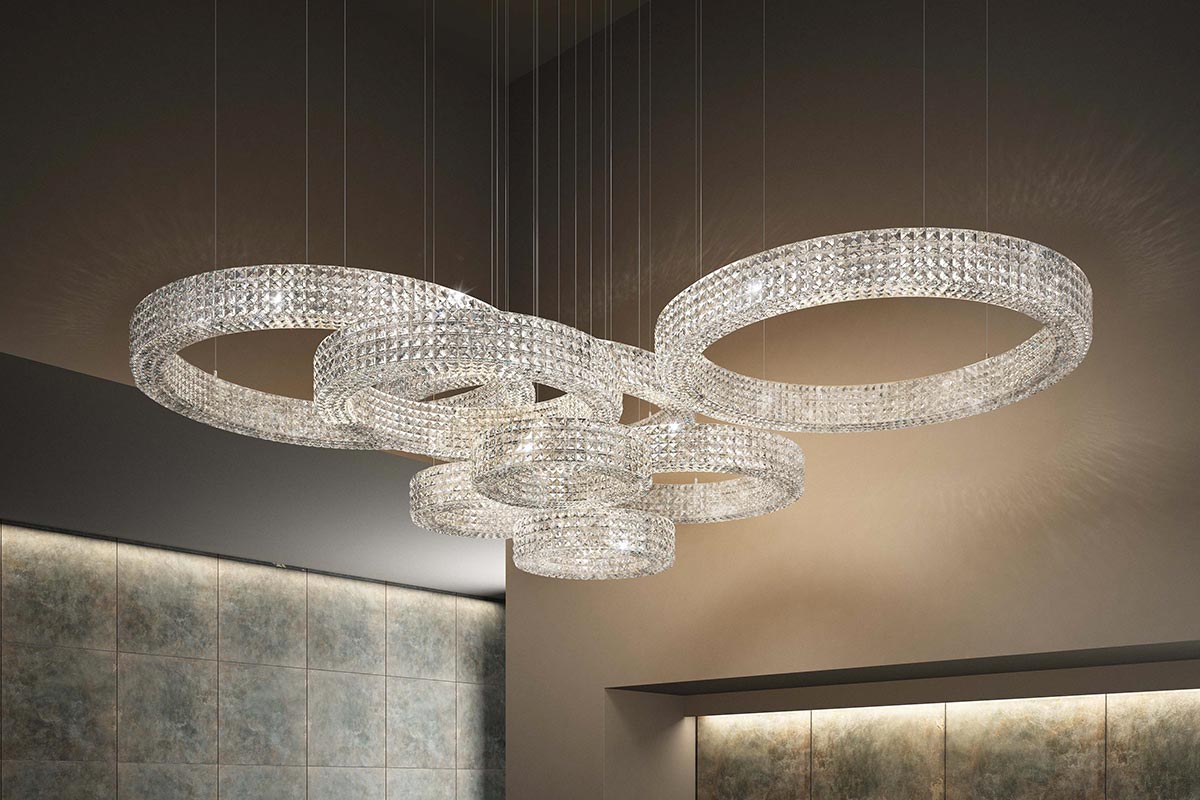
Characteristics of modern style furniture
The term “modern” is one of the most abused words in the field of furniture and decoration. It is often confused with contemporary style, but today’s modern style is based on a design movement born around the end of the twentieth century.
Furnishings and decorations in a modern style are characteristic for natural materials, neutral or earthy colors and for the elimination of unnecessary details. The difference with the contemporary style also lies in the fact that this presents a wide range of colors, while modern styles are distinguished by monochromatic colors.
Already this general overview lets you understand how modern lamps are also very clear in their style, exactly like the classic style, and that, also here, you have to be careful how you use the choices of use of these lamps with such flavor characteristic.
The modern style has its roots in German and Scandinavian architecture and design, which is why it is simple and without ornaments. It is linked to the age of the machination, which means that it is often referred to as the style of the years ’20 to’ 50.
The modern style movement continued to grow in popularity during the first half of the twentieth century, and later, derivatives of this style were defined as modern and postmodern.
One of the key beliefs behind the modern design movement is the idea that form follows function, i.e. that the design of all furnishings and decorative objects should reflect the intended purpose, and whether a detail of furniture or decoration has no practical purpose, can be eliminated.
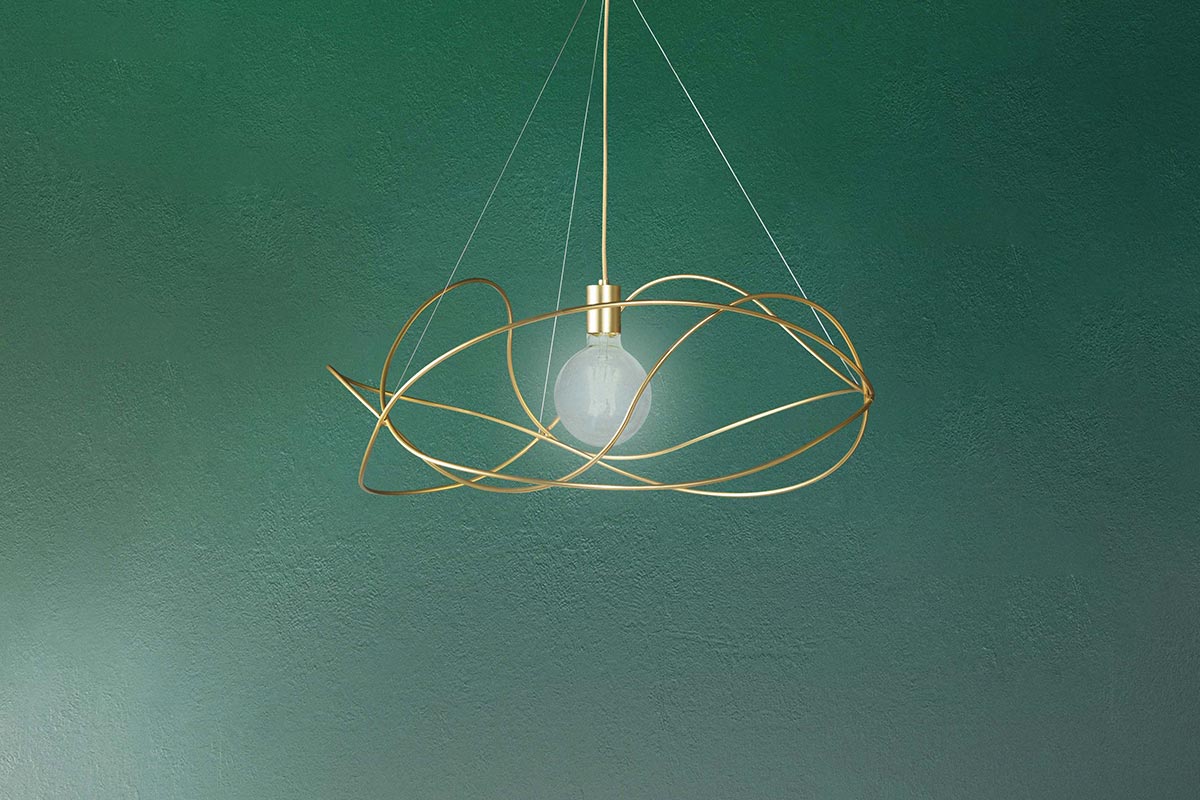
Hence, modern style relies heavily on the functionality of each light source. This, however, connotes a well-defined and aesthetically beautiful design when used strategically both as an element of continuity and as a detachment factor in hotel furnishings.
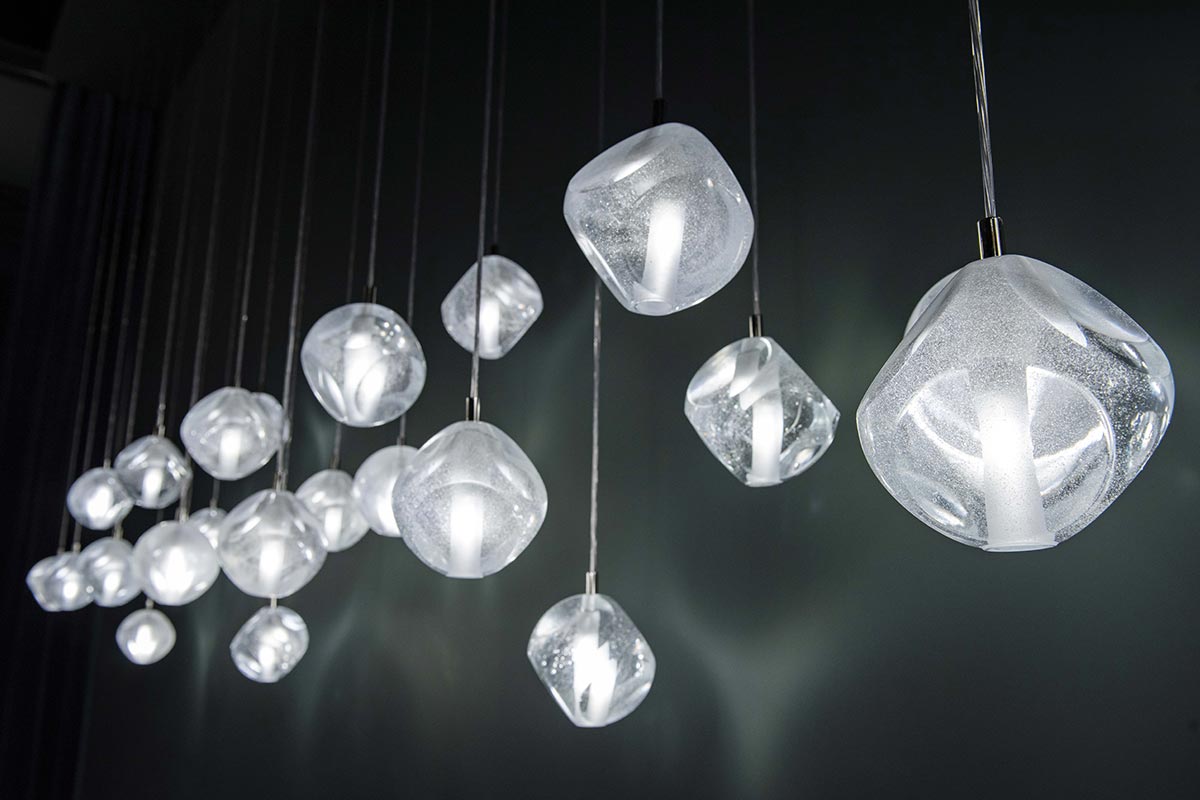
Here the functionality inevitably marries the design, since these two factors are interdependent and necessarily never divisible.
This philosophy at the basis of modern style makes it a perfect decoration choice for those hotels with simple and neat spaces with clean lines and a lack of ornaments: it perfectly matches the open space environments, which have accompanied hand in hand the development of this style.
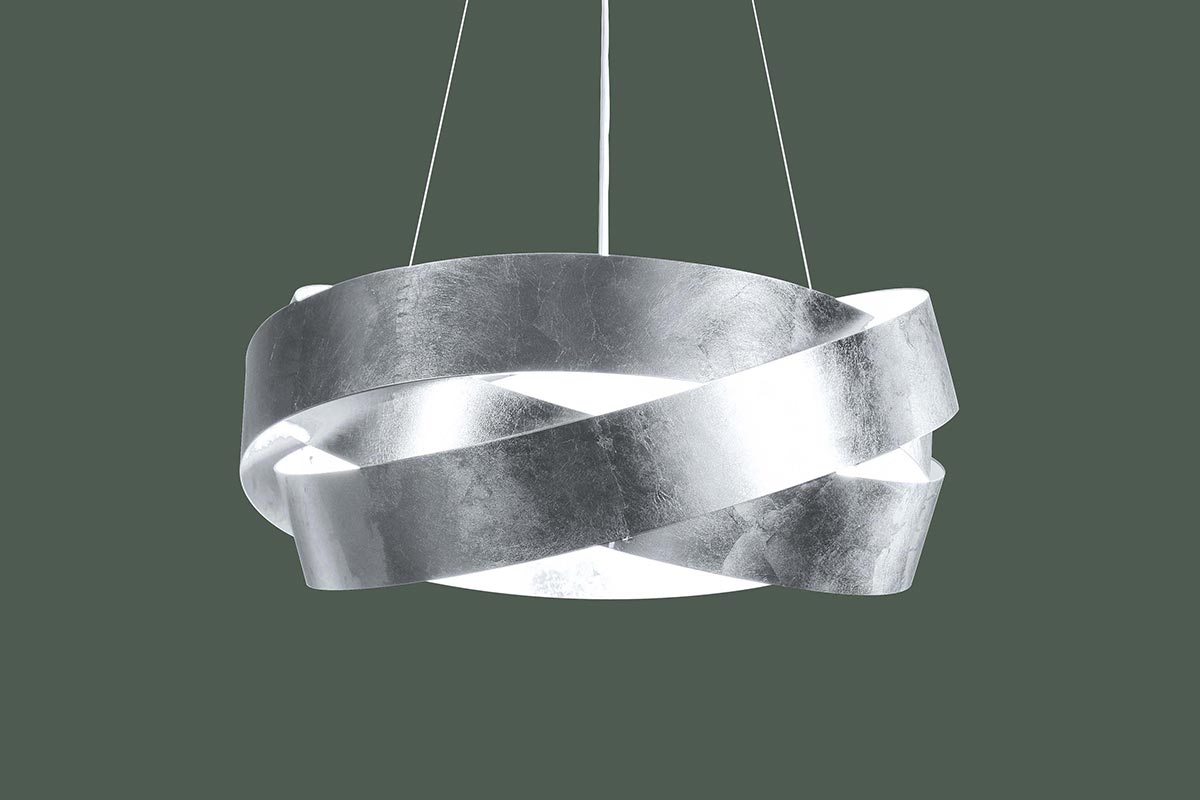
For example, in the case of hotels that use the classic style but not in a totalizing way, the addition of modern lamps would make a very interesting contribution to the rooms, also acting as light sources to enhance the classic elements present in the furnishings.
A choice of this type would bring modern and classic styles to harmoniously and functionally coexist with each other, in a fluid and very pleasing to the eye.
If, on the other hand, your client’s hotel should be entirely furnished in a modern style, you should pay attention to some elements in order to illuminate the rooms with perfect light:
- Structural elements, such as concrete or beams, are often left exposed
- Horizontal lines are emphasized
- The furnishings are low and horizontal, with clean lines
- Emphasis is placed on natural light and the windows have no ornaments
- Natural materials are used, such as unpainted wood, metals, leather and natural fibers
- The color palette is neutral or “natural”
- Reflective surfaces such as steel, chrome or glass are used, with the integration of natural woods and wood veneers
You will find yourself refereeing the modern and contemporary style, but this does not mean that one of the two is better than the other: rather, the choice between a modern lamp and a contemporary style lamp depends, as always, on which between the two styles of lamp it is more useful to perform the function it deems necessary in a given context.
Contemporary style does not come from a historical period, therefore it does not have well-defined characteristics but changes continuously with the passage of time and, very interestingly, it can also incorporate modern elements.
In a few decades, for example, a new style will be defined as contemporary because that will be the trendy style in those years. Contemporary furnishings have more distinctive shapes and often include curved lines.
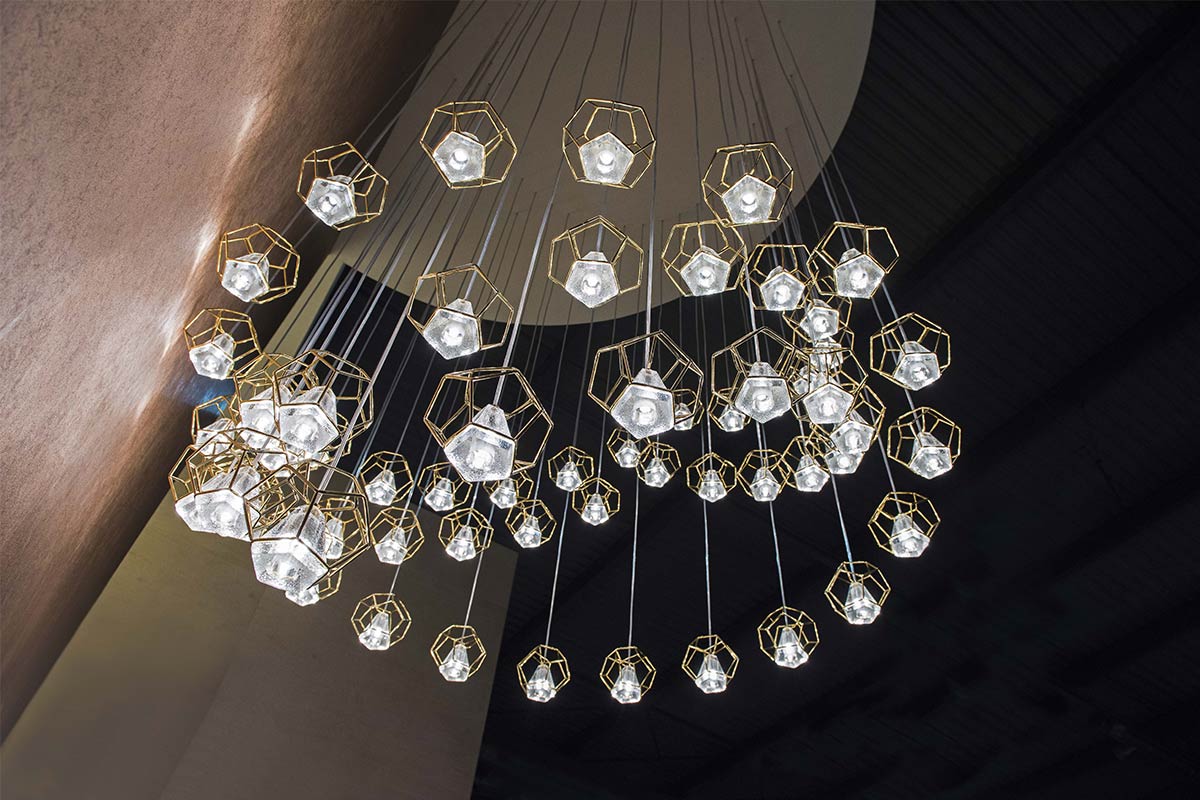
It must also be said that, starting from the 90s, contemporary furniture has followed the minimalist trend and can include colors that are clearly contrasting with black and white, while modern is based on less rigid and cold colors.
The substantial difference between the two styles is that contemporary style can be simply decorative, while modern style must also have a function.
This greatly facilitates your stylistic choice, as a lamp cannot be merely decorative, but must have a very specific function and designed specifically for the environment in which it is integrated.
How to choose the ideal hotel lighting concept for your project
We have widely evaluated the characteristics of the classic style and those of the modern style and we have seen that there are no real rules to follow.
If not when you are faced with extremes, that is when you are in front of hotels that fully embrace a precise style, from general furnishings to details. In these cases, the hotel lighting concept must necessarily go along with that of the furniture, whether it concerns classic or modern style.
Inserting elements of detachment in a concept with a pure style, would only highlight that element, which would consequently clash with the rest of the furniture.
In all other cases in which you are not in front of a hotel with a “purist” concept of a given style, there is no rule other than that of good taste.
In these hotels you can make integrations between classic and modern lamps in total creative and expressive freedom, so as to bring out the specific personality of that hotel and define it with a certain uniqueness.

